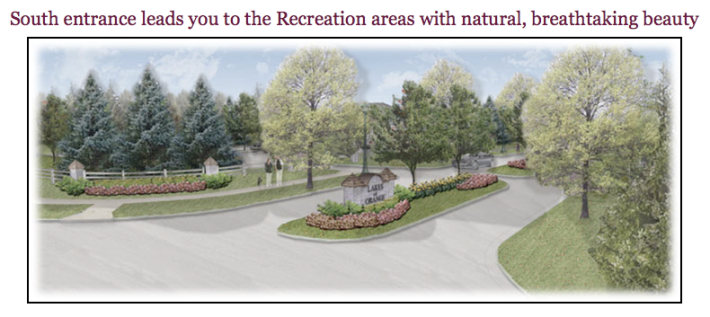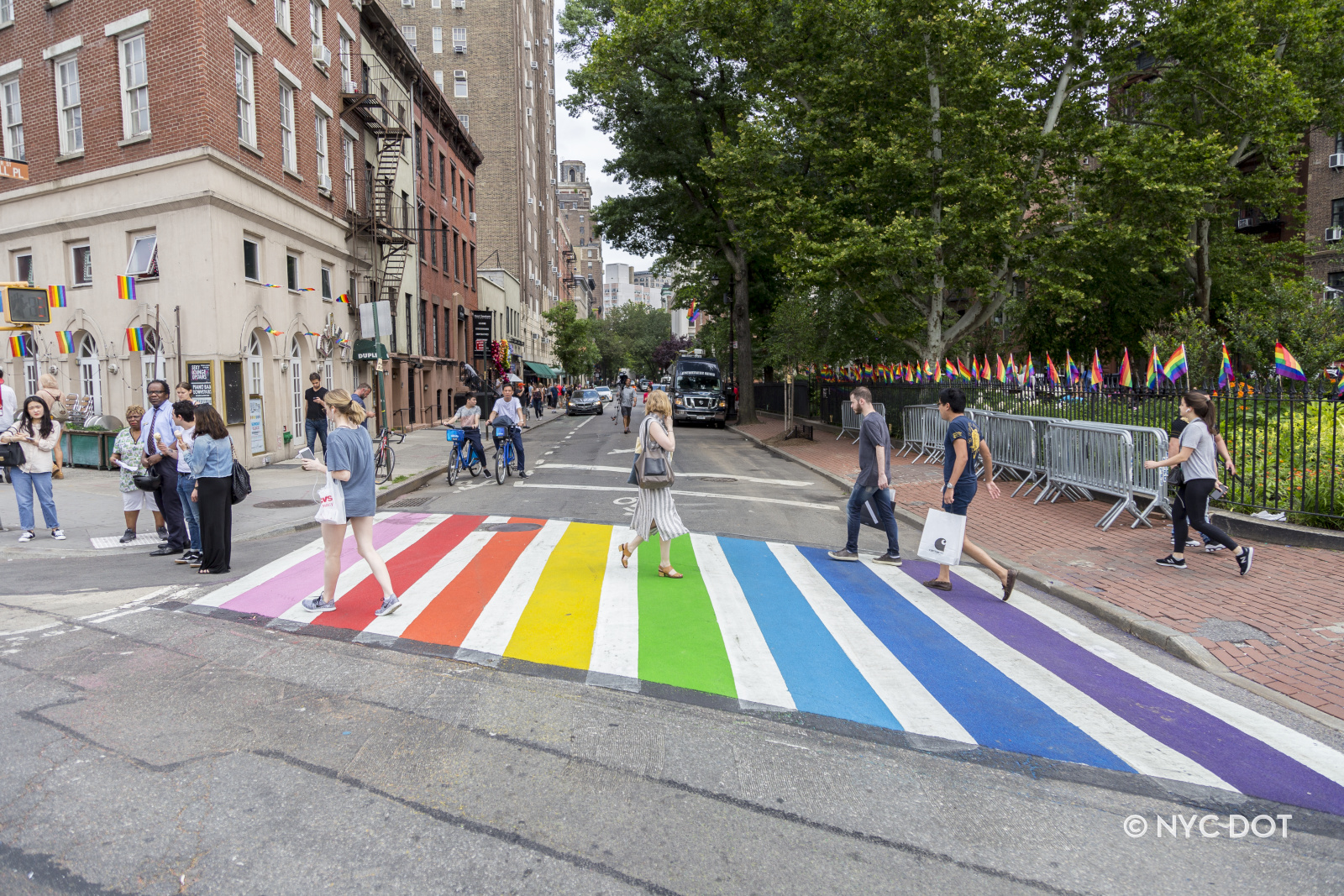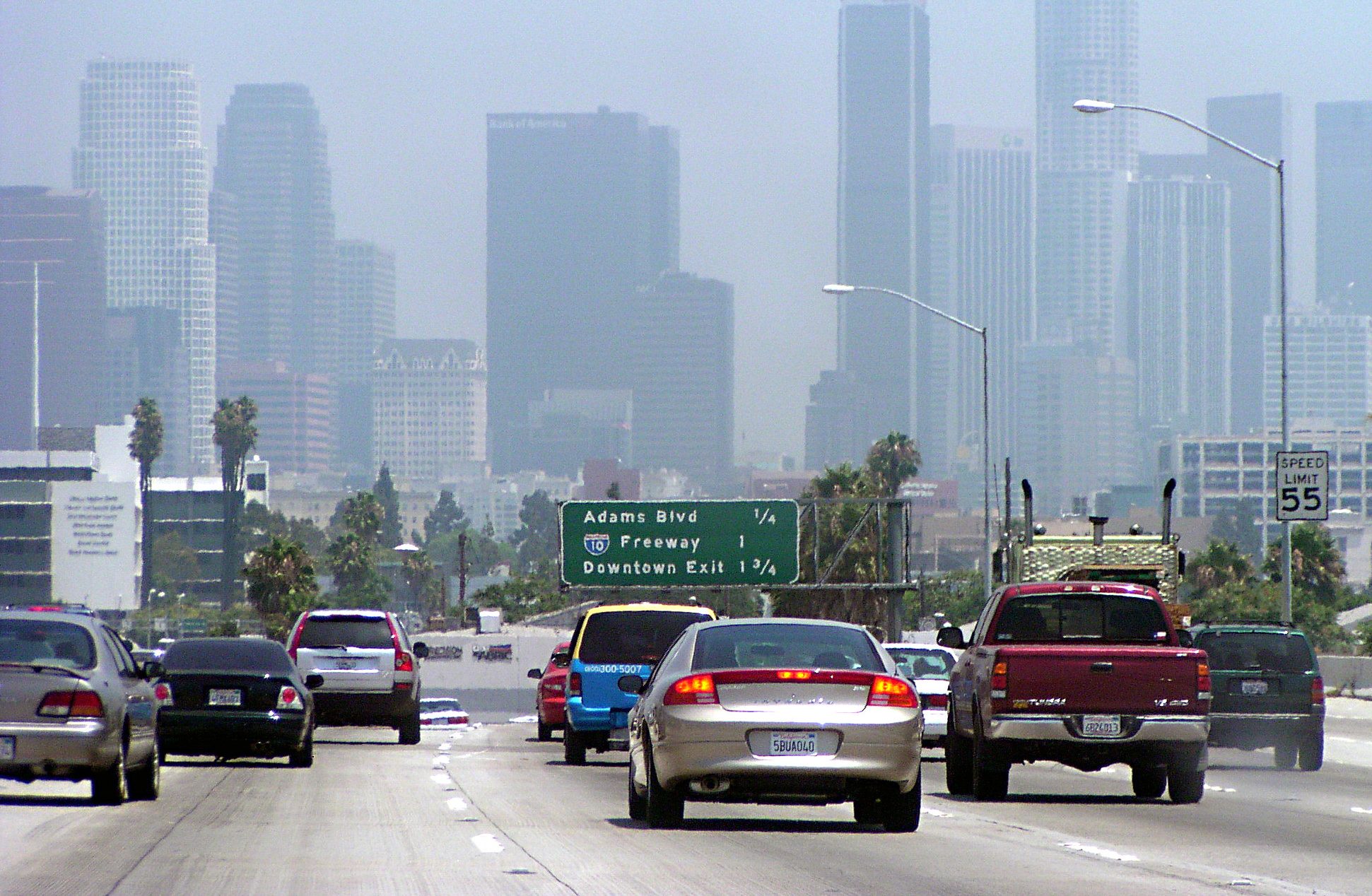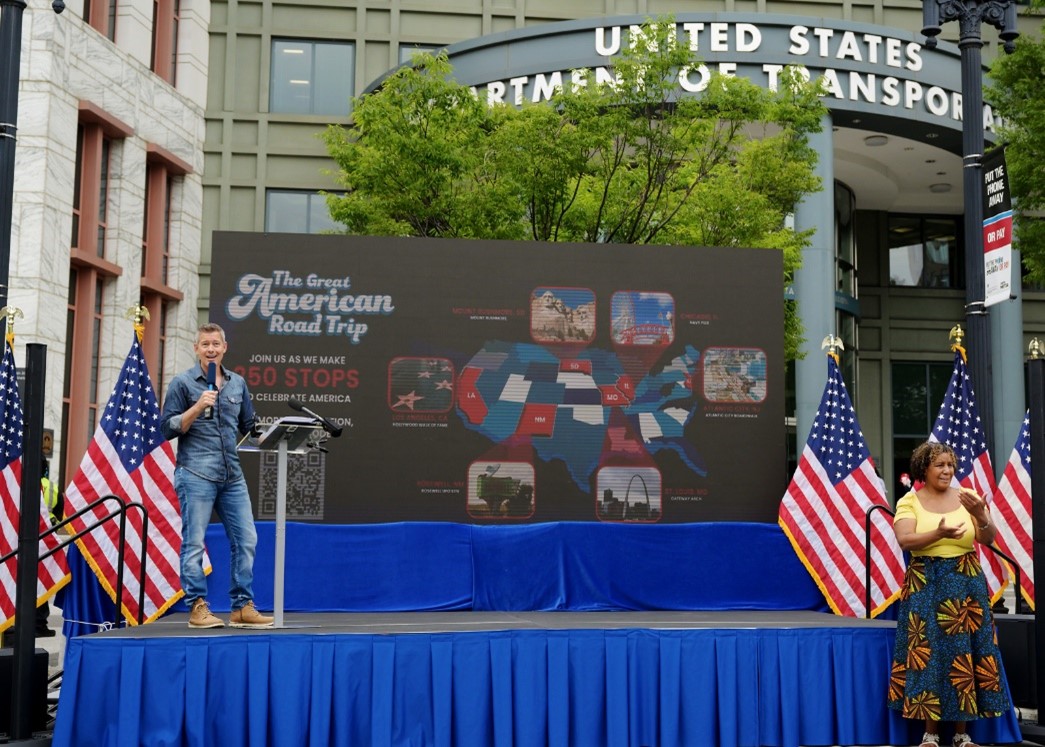
Twenty-eight miles southeast of Cleveland, there is a development that bills itself as "Ohio's FIRST Green Certified Residential Community." According to the developer, The Lakes of Orange "offers a rare, one-of-kind opportunity to build and live in a green and sustainable environment."
"Reserve your place in eco-history today," its website implores. "We are accepting lot reservations now; lot sizes range from ¼ acre to ¾ acre."
"Eco-friendly developments" whose marketing materials read like a contradiction in terms -- they can be found on the outskirts of almost every metro area. Check out the Saxony in the distant Indianapolis 'burbs -- a "new urban" development advertising both its walkability and "ample parking." Or how about The Bridgelands in Texas, which says it plans to build a "bustling town center, right next to the proposed Grand Parkway" -- the mega-highway project it is depending on to lure residents from Houston, 30 miles away.
I guess it's hard to blame developers. As mounting evidence shows Americans are beginning to favor more walkable urban environments, the motivation to greenwash sprawl is clear.
Urban Land Institute fellow Ed McMahon says while consumer preferences may now favor more walkable urban environments, there are still financial and regulatory hurdles that make developing farmland cheaper and easier than urban spaces.
"The first principle of better development is figuring out where you should not develop," McMahon said. "We need to make it easier to build in the places we know we want development to occur."
LEED certification has become the industry standard, said McMahon, especially when it comes to Class A office spaces. It's practically a requirement to finance that type of project in a major market, he said. But that is far from a perfect measure of environmental impact.
"What has not gone mainstream to the same extent is people thinking about the location of the building," he said.
And many of these new housing developments -- to be fair -- are real improvements over their 1990s counterparts. All of the houses in the Lakes of Orange are built to green building standards. And the Saxony, like the Bridgelands in Texas, incorporates the town center model -- which at least attempts to mix uses.
But any environmental savings these developments produce will likely be eclipsed by their near-total dependence on auto travel, which accounts for almost a third of Americans' energy use. The Lakes of Orange is on the undeveloped periphery of Cleveland -- a shrinking city surrounded by a shrinking metro area. Literally 30,000 vacant homes that are already served by sewer, roads and water, sit closer to retail and work, accessible to the region's transit system. As architect Carl Elefante first said: “the greenest building is the one that’s already built.”
The Bridgelands, in Houston, is part of a predicted wave of development coming with the completion of the city's third outerbelt, the Grand Parkway. Environmentalists expect that large-lot, low-density developments like this one will consume the Katy Prairie, one of the country's last natural grasslands and an important migratory feeding ground for millions of birds.
"The location matters," McMahon said. "A project in a sprawl location is not truly green. And a building in an urban location isn’t really smart if it isn’t green."
In 2009, the US Green Building Council introduced LEED for Neighborhood Development (LEED-ND) as a formal certification system -- the "certified organic" of sustainable development, if you will. LEED-ND rates developments on items like street connectivity and walking and bicycling distances. Points are awarded for infill development and rehabbing existing buildings.
But it has yet to become the industry standard. Since LEED-ND was launched, 125 projects have registered but only four or five have gone all the way through the certification process, said USGBC's Jeff Lovshin. Many of these projects require a long time frame, but Lovshin also said there is an "education and knowledge barrier."
So when will we see a new “Lakes of Orange” or ‘The Bridgelands” in a sustainable location with multiple transportation options and a LEED-ND seal? And when will that become the norm, not the exception? It’s going to take a rethinking of the financial and regulatory incentives that favor sprawl, as well as increased awareness of what makes development truly sustainable — and that includes location efficiency, not just green roofs and compact fluorescent lightbulbs.






